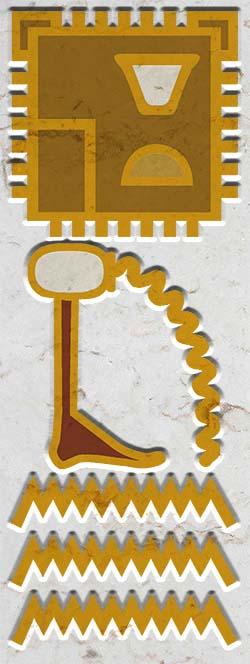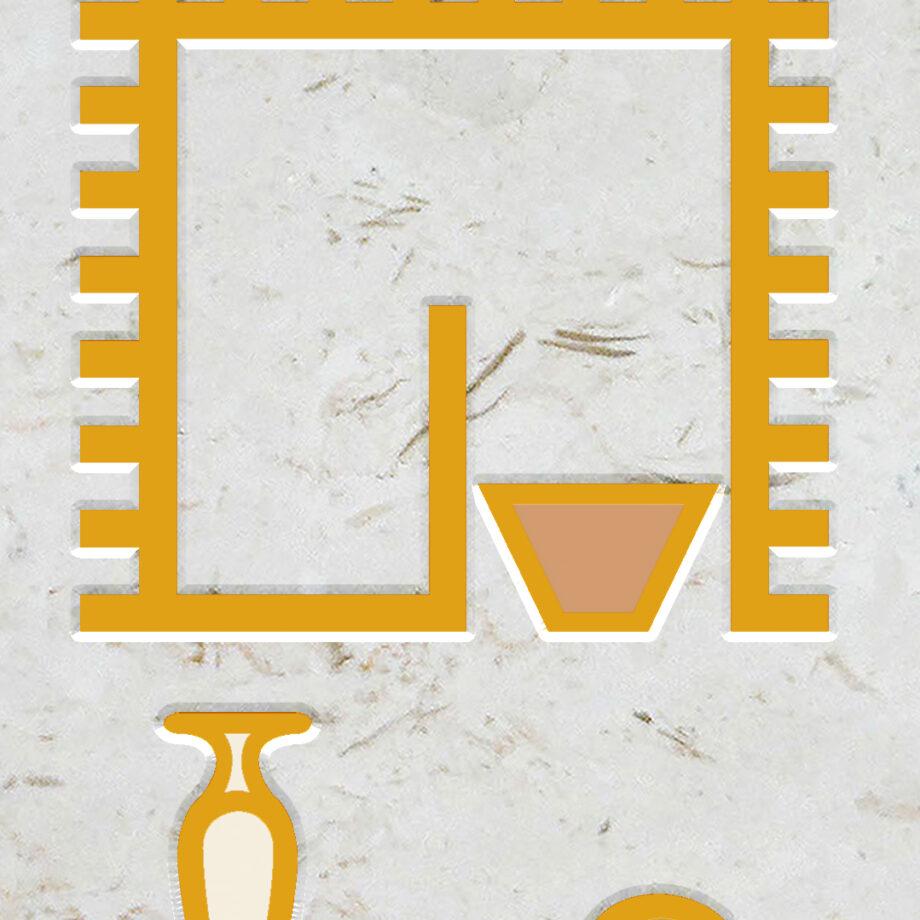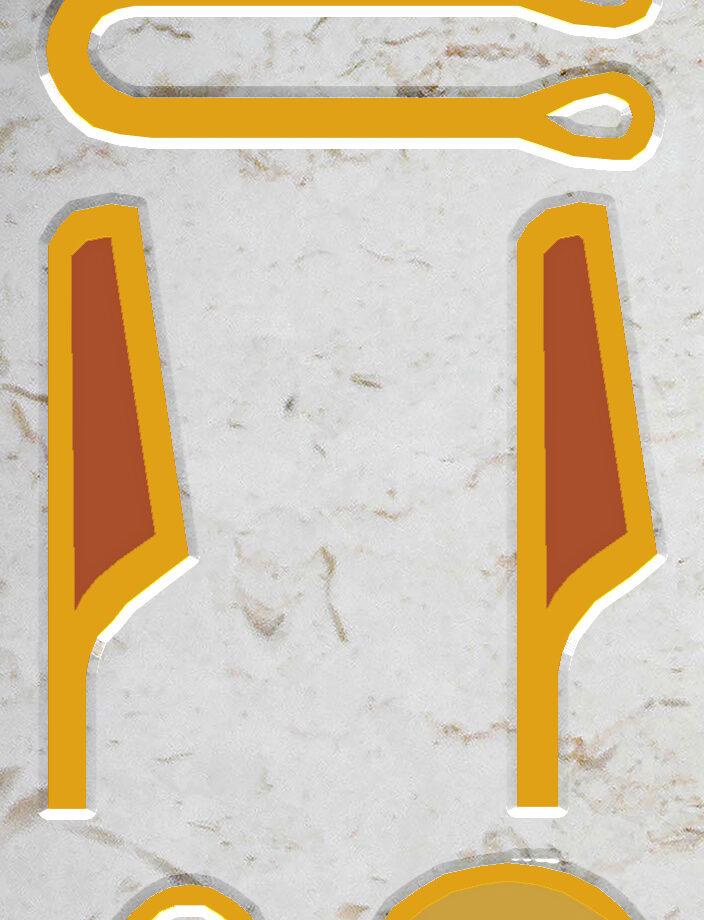Tag: Kamat
-

Pure Hallway
This Corridor, which is pure and leads around all this, is within the wall, which is connected with the Pylon. It is 113 cubits long and 90 cubits wide, up to the small doors that are located in it on the right and left sides of the Pronaos. There are four doors in it. Details…
-

Offerings Forecourt
This perfect place, the Nome of Horus-Ra, is his horizon on earth, is the House of Appearance of His Majesty, is the Great Throne of His Ka, on which he appears and sets, in the Shrine that Protects Khepri of the quickly born child, is the place at which His body has been nourished since…
-

Shatjyat – Sanctuary of Sokar
The Shatjyat Sanctuary of Sokar, to the west of it and decorated with the protector gods (see below), is 7 5/6 cubits by 6 2/3 cubits… These are the palaces of Iun (Osiris) in BaHadat (Behdet). His forms have been carved on the walls of the three chambers. The two weeping and mourning women, the…
-

Great Hall
The Great Hall is in front of it (the Naos) : it has twelve columns, great supports, wonderful to behold. The hall is 37 (cubits) long and 26 wide. Its walls are most perfectly decorated: it is called Place of Pleasure. It is also known as Place of Joy and Place of Enjoyment of Ra…
